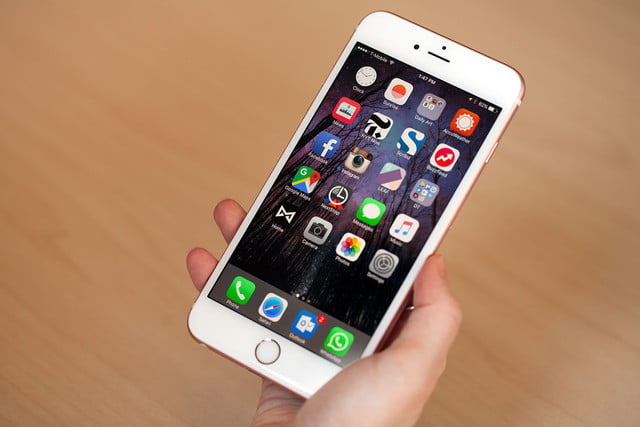
But for the apps that already have claimed precious real estate on your mobile screen, they’re enjoying quite a bit of usage. ComScore reports that 57 percent of the time smartphone owners spend engaging with digital media takes place in a mobile app. Of that 57 percent, 50 percent occurs in smartphone apps, and only 7 percent happens in apps on tablets.
Only 34 percent of our time is apparently spent on a desktop, and just 9 percent is spent on the mobile web.
Unsurprisingly, the most app-friendly demographic in the U.S. is comprised of millennials, who spend around 67 percent of their digital media time using smartphone apps. Moreover, those between the ages of 18 and 24 spend more than three hours every day in apps. For comparison, those between the ages of 25 and 34 spend 2.6 hours a day in apps, and 35 to 44-year-olds dedicate 2.3 hours every day to apps.
Millennials are also the most willing group to actually try out new apps. While only 49 percent of Americans are said to download one or more apps every month, the younger generation seems to drive most of that interest. 18 to 34-year-olds say that they’re always looking for new apps (at least, 70 percent of them do), and more importantly, they’re actually willing to pay for them. In fact, 20 percent of this user base downloads at least one paid app per month, and nearly 50 percent make five or more in-app purchases every year.
But why are most people relatively disinterested in apps at this point? According to comScore, folks are looking to declutter not only their lives, but their smartphone screens as well. Indeed, this has been a trend since 2014 — new apps just aren’t gaining that much traction.
Editors' Recommendations
- I can’t wait for Nothing to launch this stunning phone
- Experts told us their best tips for online dating apps in 2024
- I can’t believe how good the Galaxy S24 Ultra’s new display is
- The iPhone’s new Journal app is worse than I thought
- The 10 best apps for your 2024 New Year’s resolutions


